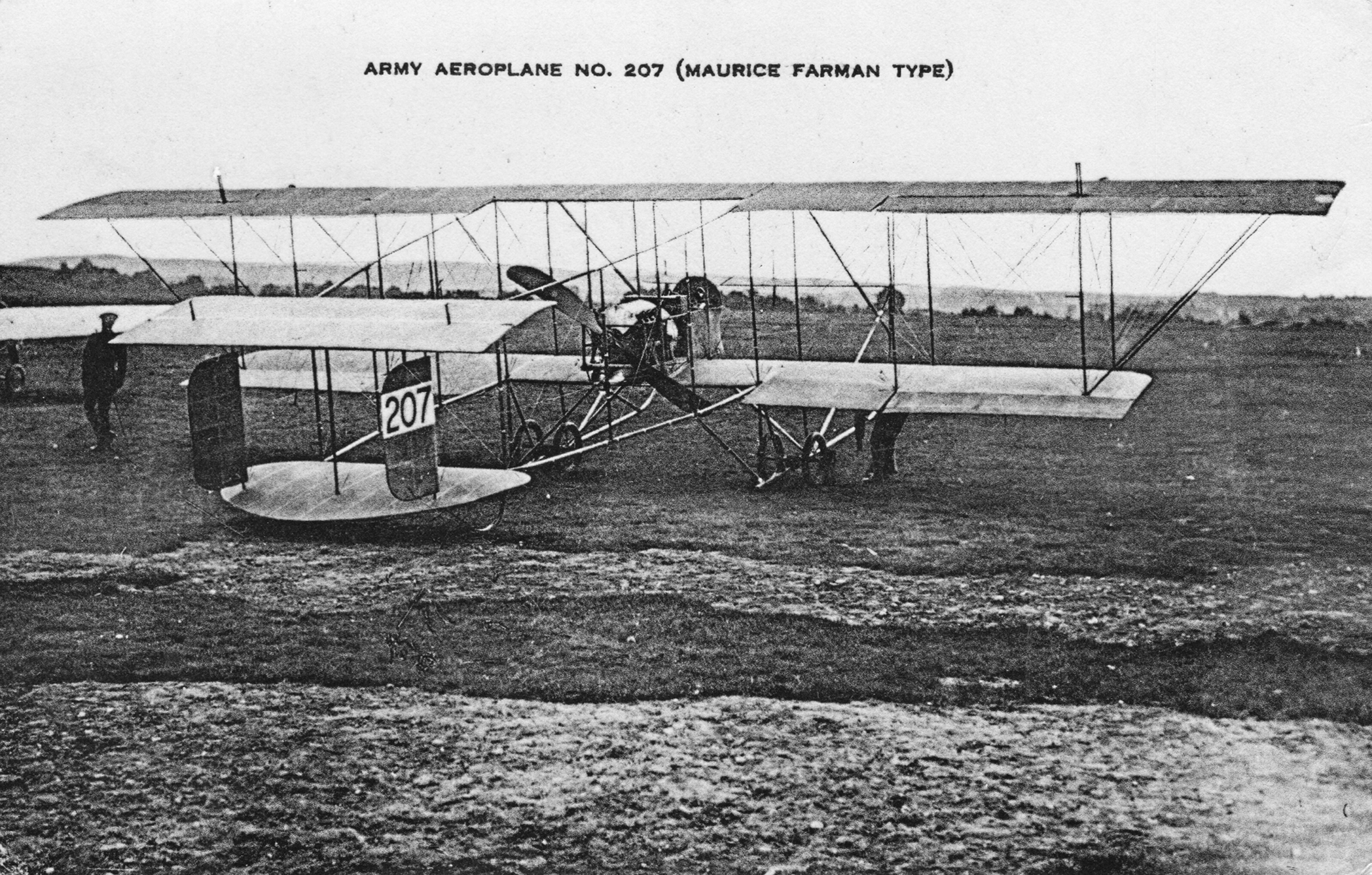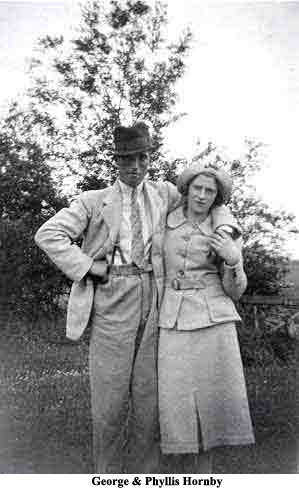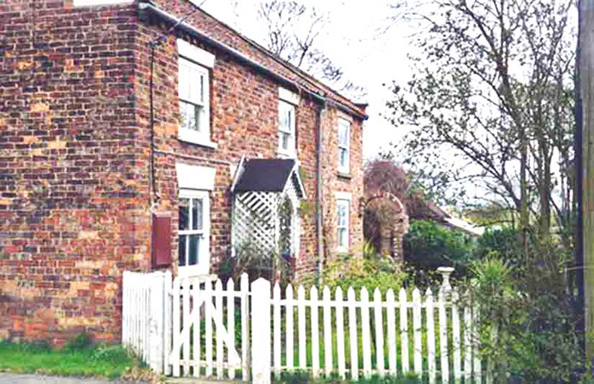1900 AD
1910
1920/30 1940/50
1960/70
1980
1990
1901 was another census
year. There were 156 residents of Normanby
and 32 in Thornton Riseborough.
(Recorded in John Wood's diary).
On Sept 9th 1903 a long
rainstorm caused flooding and the river burst half a mile on the west side of
Westfield farm. By an order dated 5th of August 1904 under the Board of
Education Act 1899 the Judith Boynton bequest was constituted as the Boynton
Educational Trust.
In a Yorkshire Gazette
article of 1908 a correspondent talked to an old farm labourer. He
bemoaned the current state of agriculture. There was little work to be
had although not many years before up to 20 men and women were employed at a
nearby farm during harvest. The pay was 2s 6d a day, but 2s 2d was paid
in the £ for poor rate - an early form of national insurance. The poor
law required that able bodied men be found work. Children whose parents could
not afford to maintain them were also put to work. A stock of flax,
hemp, wood, thread, iron and other ware was kept to set the poor to work.
Some relief was reserved for the old, blind and others not able to work. In
1908 there were still workhouses where the poor were set to work 12 hours a
day and confined from Monday to Friday. There were few house cows kept
in the district because of the lack of allotments (up to 5 acres). There
were still many orchards which were later grubbed up to obtain government
grants. A dealer from Nawton used to collect
Victoria plums but he paid as little as 3d to 6d a stone, a low price even
then.
In that same Yorkshire
Gazette of 1908 there was a whole page giving details of how to emigrate and
what work was available in places like Canada and Australia. "Female
servants may obtain employment at all times of the year.'' Girls as
young as 14 went away to work as maid servants, they were often maltreated and
could not return home when ill. Services were still held in the Wesleyan
Chapel every day of the week.
Up to 1908 virtually all
the water in the village was carried through the Church yard from the river
(although there was also a path along the south boundary of Pasture House).
Even in 1908 there was only one tap that served the village between the
Schoolhouse and the Rectory, laid on a spring from Hill Farm. You can
imagine that washing day by the river on a warm day was a time for catching up
on gossip and village news.
There was a darker side
to the water supply, however. The death rate in the village in 1907 was 15.86
per thousand compared with the average of 13.72. Infant mortality was
144.1 compared with an average of 113.6. Some thought that the water
supply was to blame. In 1904 the burial register shows a poignant entry
for a baby called Barker. He died when 12 hours old before he could be
baptised. The order of the burial of the dead could not be used and a
short service was held using the Book of Common Prayer. Not all of the
infant mortality was related to disease. The burial register records the
death of Hilda May Jackson, a pupil at the school, age 7, who was burnt to
death when her dress was ignited by the kitchen fire.
1910
AD
In 1911 there were
celebrations held to mark the coronation of George the fifth. A sports
day was held on the 22nd of June. A greased pig was turned loose in a
ring and became the property of the first unmarried woman who was able to
catch it by the tail. There was also a potato race, egg and spoon, slow
bicycle race, threading the needle, sack race and tug of war.
The decade of the Great
War must have been cataclysmic to a small village like
Normanby. Until then it is likely that most residents never
travelled any further than the nearest market town. The Sunday school
trip was still a major event in the calendar.
Travelling to France or
the Crimea must have been like a journey to the moon, and as they say, nothing
was ever the same again. The crucifix in the church brought back from
the bloody battlefield of the Somme is testimony to this. On 3rd of
January 1915 there was a church day of "intercession on behalf of the nation
and the empire in this time of war'. Throughout that week there were
prayers for the King (Monday), Our Forces (Tuesday), the wounded (Wednesday),
the nation (Thursday) and the dead (Saturday). On Friday they even
prayed for the enemy.
On the second of March
1918 a plane crashed near Bridge House. The Wood family recovered the
propeller which is still kept to this day.
In 2005 Rob Foxton, aged 9 yrs in 1918, recalled
the following: the Biplane circled the village and started a descent into a
field at Bridge farm. However, its tail clipped an oak tree and it
tipped and crashed into the field. The plane had just run out of fuel.
He describes the plane as having the propellers behind the wings and the gun
turret in front just like a metal cattle trough. The gunner was thrown
out and suffered a broken leg. The pilot was an Australian and not
injured.

The plane was most likely a RE b or RE d. Both were pusher
Biplanes with two-seats as above (bf)
In the church records at
Northallerton Record Office is a letter from Lloyd
George thanking the parishes for their work during the war on the 'tribunals'
- presumably those created to deal with draft challenges?
1920/30 AD
1920 was a bad decade for
agriculture and saw the general strike in the towns (1926). There was
probably a rise in unemployment in the village. Road vehicles began to
be more common. On the 7th of June 1931 the notes to the orders of
service in the church records refer to an earth tremor shock! There was
flooding in November 1931.
In January 1932 a church
collection was made for 'waifs and strays'. A previous Margaret Wood
died in 1932 and left £100 towards upkeep of the church and her family graves.
In this part of the 20th
century there were a number of businesses based in the village. Behind
Rose Cottage a Tailor's shop existed. Further up the village (near the
present lay-by) a group of cottages, which were later condemned, housed the
village shop and post office. There were so many people called
Foxton in the village at this time that even the
postman was confused! The occupations of people started to vary.
In 1936 a cotton planter married at
Normanby
Church to the daughter of a retired Palestine policeman! There were
railway workers, a joiner, an engineer and a threshing machine proprietor.
1940/50 AD
Yet more change for the
village happened as women took over farming roles while men went to war.
In June 1940
the Sunday sermon was on the subject 'why does God not intervene'.
Meanwhile routine continued, the
Whist drives were numerous and a sponsored walk raised
over £400 for church funds.

On the 5th of October
1940, George Hornby, then aged 22, married Phyllis
Dykes, a telephone operator from Amotherby
and they lived in the village for the rest of their lives.
There was a boom in
farming to feed a beleaguered nation. Tractors like the famous Ferguson
became common. Listers engines were used to
power all sorts of tools from pumps to turnip cutters. Mains electricity
came to the village in March of 1948.
The Parish record book
dates from March 1949. Much of the discussion seems to have been centred
on the state of the drains at the South end of the village.
Summer
smells were rank!
The railway was closed in
1951 as part of the Beeching cuts. The last
train was on 31st January 1953. It was a stormy day and ominously a
chimney was blown off Sinnington Station house and
crashed through the glass top of the platform. The Railway Age had come
and gone in less than a century.
|
|

|
|
The last train 31 January 1953
|
|

|
|
Issued & dated 31st January 1953, last train from Pickering to Sinnington.
|
|
|
In the 1950s extensive
work was carried out on the flood banks. A narrow gauge tramway was
constructed along the top of the dyke to speed up the work. Derailments
were not unknown and the village children commandeered
the wagons at week-ends.
In 1957 there was church
correspondence with Margaret Wood's trustees about upkeep of her family
graves. They threatened to withdraw support unless the graves were improved.
1960/70 AD
Street lights were
proposed. The row of cottages and post office were scheduled for
demolition. The drain problem continued. Every parish meeting
mentioned correspondence and telephone calls to the council.
At last
something was done about the drains!
|
The
distinctive 'Normanby' signs were requested and
eventually supplied.
|
Normanby
Hill
Home of the
William Wood family
(not Margaret's family)
in the first part of the century,
followed by Mr Samuel Sugden Lockwood and later turned into a Rural Education Centre.
|
|

|
|
Yorkshire Post 1933
|
|

|
|
Normanby Hill 2000
|
|

|
|
Yorkshire Post 1937
|
|

|
|
Yorkshire Post 1937
|
|
|
|
|
|

|
|
Page 1
|
|

|
|
Page 2
|
|

|
|
Page 3
|
|

|
|
Page 4
|
|

|
|
Page 5
|
|
|
|

|
|
Page 6
|
|

|
|
Page 7
|
|

|
|
Page 8
|
|

|
|
Page 9
|
|

|
|
Page 10
|
|
|
|

|
|
Page 11
|
|

|
|
Page 12
|
|

|
|
Page 13
|
|

|
|
Page 14
|
|
|
Rural Education Centre
booklet about Normanby |
During this period there
were some extreme weather events including the winter of 1963. High winds caught the
village in the 60s. One night John Wood stoked the greenhouse heater as
normal. The next morning the greenhouse was flat and the church grounds
looked like a wood yard.
1980
AD
The 1980s were another
decade of great change in the village. Pasture House, former home of the
blacksmith, was sold with half of its 4 acres turned into building plots.
Shortly afterwards a bungalow was built next door and two more houses further on.

Pasture House
North Yorkshire Council issued a village plan which allowed development within
a defined boundary. This led to infill building adjacent to the rectory and construction in the
wood south of Pasture House. One old house, South View, belonging to
Harold Spenceley, disappeared altogether and
became the site of a bungalow built for Mr. Dean who ran a number of local
garden centres. Harold held an auction sale before moving to
Malton. He packed his old sheep netting up
so well it looked like new.
The wood to the north of
Willow cottage was sold for building plots. This area was known as the
Warren; perhaps it was a managed breeding area at one time. A Warren has
been mentioned in historical records. Some villagers commented that
there was more change in this decade than the previous 50 years. The pub
had been in the Smith family for many years. It changed hands and has
had a number of owners since.
For the marriage of
Prince Charles and Lady Diana every child was given a commemorative coin and
there was a village party.
A 30mph speed restriction was introduced.
During the Cold War each
parish was encouraged to create an emergency plan in case of a terrible
disaster: for some years the pub had a siren which, however, was never used in
"anger". One day the river bank was covered with police during the
man-hunt for the murderer Barry Prudham.
1990
AD
The village development
settled down to a stable period. The Methodist chapel was sold and
converted into a private home. In 1991 the Malton
Gazette and Herald published an article on the village which was a contrast to
the piece in 1908!
The village barbecue
became a regular event during this period. The village Christmas party
continued as it has for many years.
Drainage near the road
bridge was an issue during heavy rain. There was a bad flood in March
1999 when the road was under water for some time. This slowed traffic
down which has to be a good result for there have been many accidents and near
misses at the river bridge, a structure with a right angle turn designed for
more leisurely transport speeds than modern traffic. The accident rate
in the countryside is now higher than in the towns.
Footpaths around the
village were repaired with the help of Parish partnership funds.
There was a murder in a
neighbouring parish - an act of passion - and police did house to house
enquiries in Normanby and surrounding villages.
Top